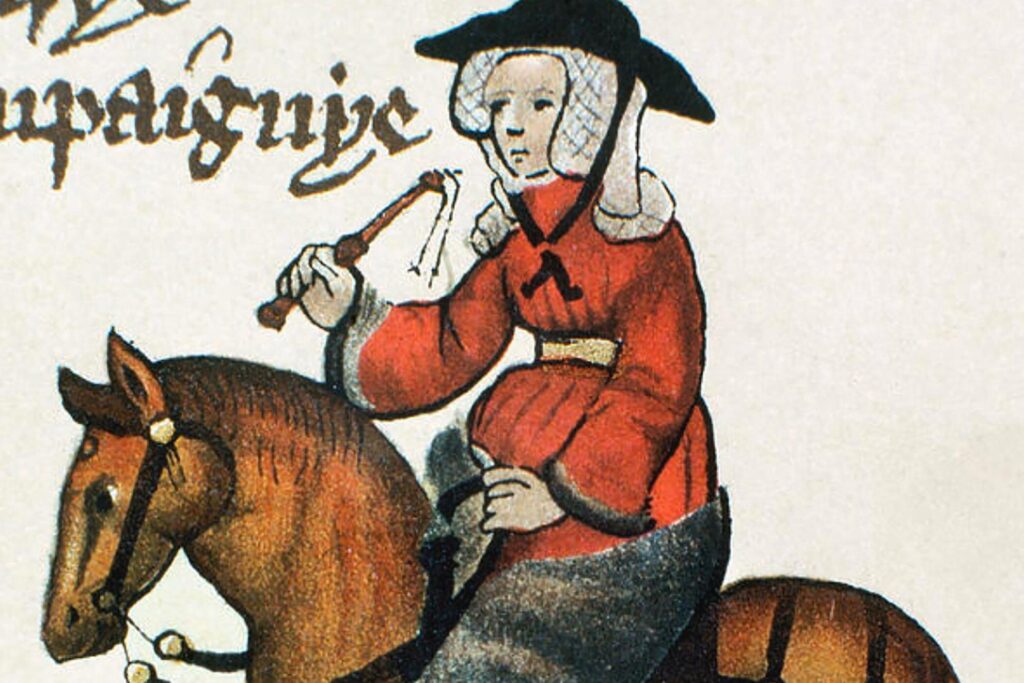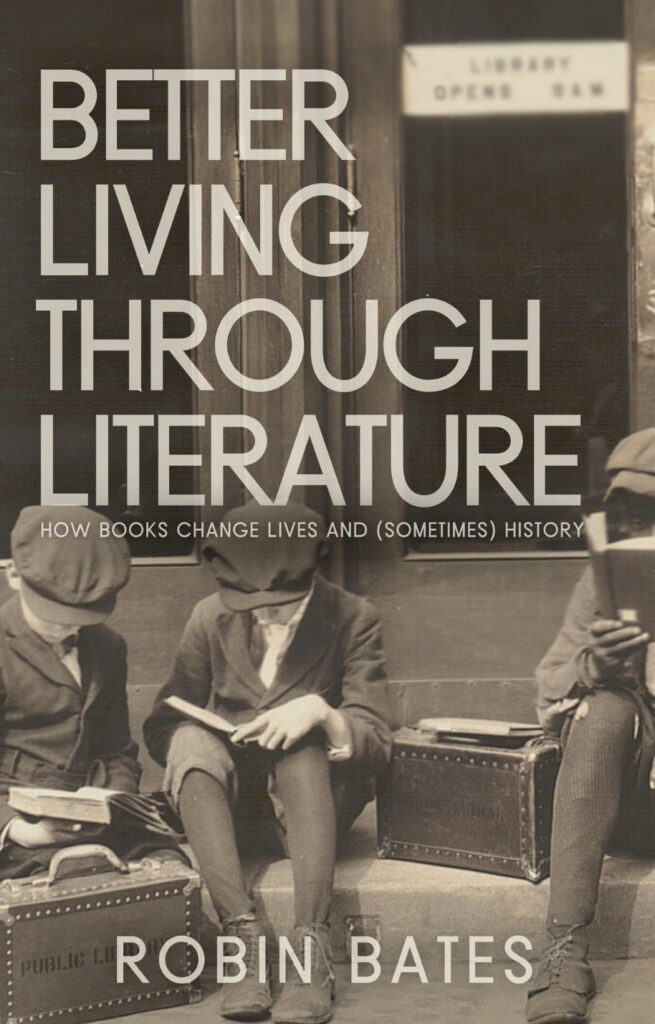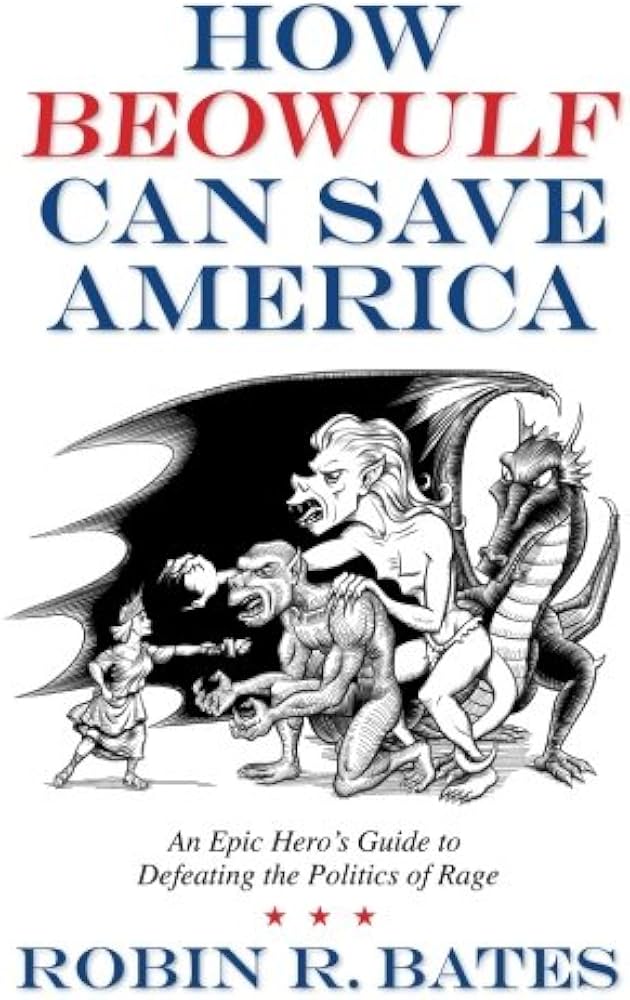Note: If you wish to receive, via e-mail, (1) my weekly newsletter or (2) daily copies of these posts, write to me at rrbates1951@gmail.com. Comments may also be sent to this address. I promise not to share your e-mail with anyone. To unsubscribe, write here as well.
Friday
Yesterday I visited St. Mary’s College of Maryland, where I taught for 36 years, sharing sections of my book in a public reading and also visiting an early British Literature class. In that class I talked about Chaucer’s Wife of Bath, one of my favorite characters in all of literature. As I told the students, I think Chaucer’s three-dimensional creation helped make Shakespeare possible.
In making the claim, I drew on Harold Bloom’s book Shakespeare: The Invention of the Human to explain what I meant. Tu quote from my book,
Bloom contends that Shakespeare “pragmatically reinvented” us,[i] changing the way we see others and ourselves and even how we experience feelings. Whereas fellow playwrights Marlowe produced “cartoons” and Ben Johnson “ideograms,” Shakespeare created characters like Hamlet and Falstaff, thereby inventing “human inwardness.” Personality as we understand it, Bloom explains, is “a Shakespearean invention…Insofar as we ourselves value, and deplore, our own personalities, we are the heirs of Falstaff and of Hamlet, and of all the other persons who throng Shakespeare’s theater…”
The class had just read Beowulf so I noted that, while the epic is psychologically complex, Beowulf himself is not three-dimensional. The same can be said about Sir Gawain and the Green Knight: it offers us a profound exploration into the psychology of confronting death through plot, imagery, and setting, not through complex characters. But the Wife of Bath, written around the time of Sir Gawain and 200 years before Shakespeare’s great creations, is another matter. She is a woman whose depths we still haven’t fully plumbed after 600 years.
The key drama in the Wife’s Prologue and Tale, I told the students, is a woman attempting to honor her essential self in the face of a society that tells she should be a different kind of woman—and that condemns her for being who she is. A vibrant character who wants to be loved and respected, Alisoun is instead condemned as a black widow, dominatrix shrew who violates church injunctions to be like the Virgin Mary (i.e., meek, mild, and submissive). Rather than surrender quietly to this social pressure, Alisoun tries to defend herself before 29 judgmental pilgrims, comprised of 29 men and one woman (a prioress).
Confused about who she is—given the social pressures, how could she not be?—she tells a fairy tale that poses the question, “What is it that women really want? (“moost desire”). That answer, I believe, is not “sovereignty” or “mastery”—although that is the answer she comes up with. Rather, she wants women to be listened to and respected, Given the gender dynamics of her day, however, Alisoun thinks that “sovereignty” is the only way to get such respect, which is why that is the answer she gives.
In other words, Alisoun, with her vision of marriage based on mutual respect and power-sharing is centuries ahead of her time. But she can articulate this only through a fairy tale because nothing in Chaucer’s England supports such a vision.
In my presentation I concluded that Chaucer and Shakespeare’s greatness lies in part in how they listen to their creations. Canterbury Tales is a work about listening, and if we listen—really listen—to the tales the pilgrims tell, vast worlds open up, just as they open up when we listen to Hamlet or Macbeth or Viola or Brutus.
And because Chaucer and Shakespeare both believe that women are worth listening to, they have created characters that transcend their time. Whatever the two men were like in their daily lives—I’m sure both men had their gender biases—when they were in the grip of their creations, they saw deeply into who we are.
Or as Shelley says of such literary creations,
All high poetry is infinite; it is as the first acorn, which contained all oaks potentially. Veil after veil may be undrawn, and the inmost naked beauty of the meaning never exposed. A great poem is a fountain forever overflowing with the waters of wisdom and delight; and after one person and one age has exhausted all its divine effluence which their peculiar relations enable them to share, another and yet another succeeds, and new relations are ever developed, the source of an unforeseen and an unconceived delight.
Or in other words, great literature is timeless, with each age discovering something new in it.


